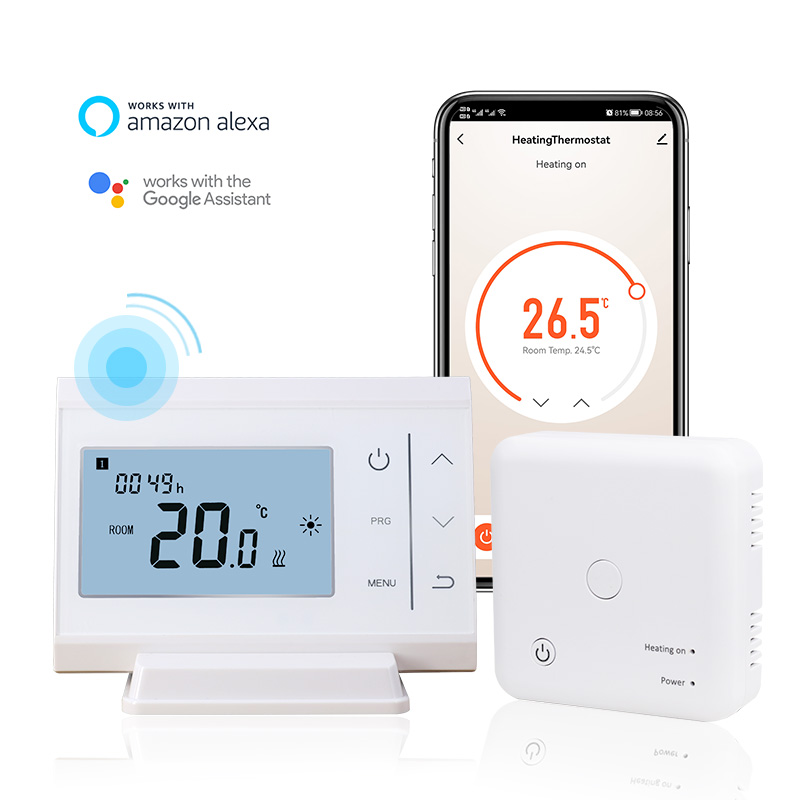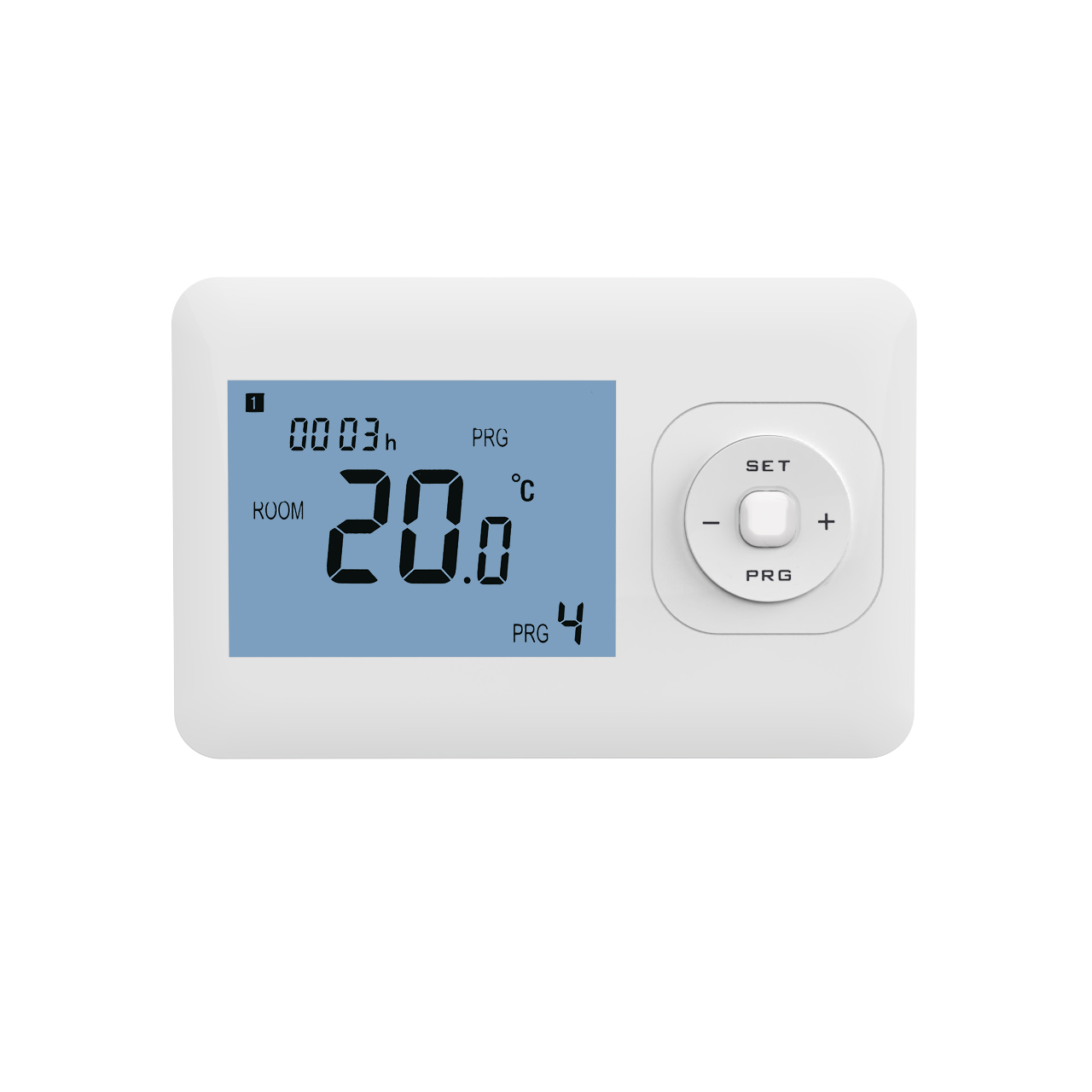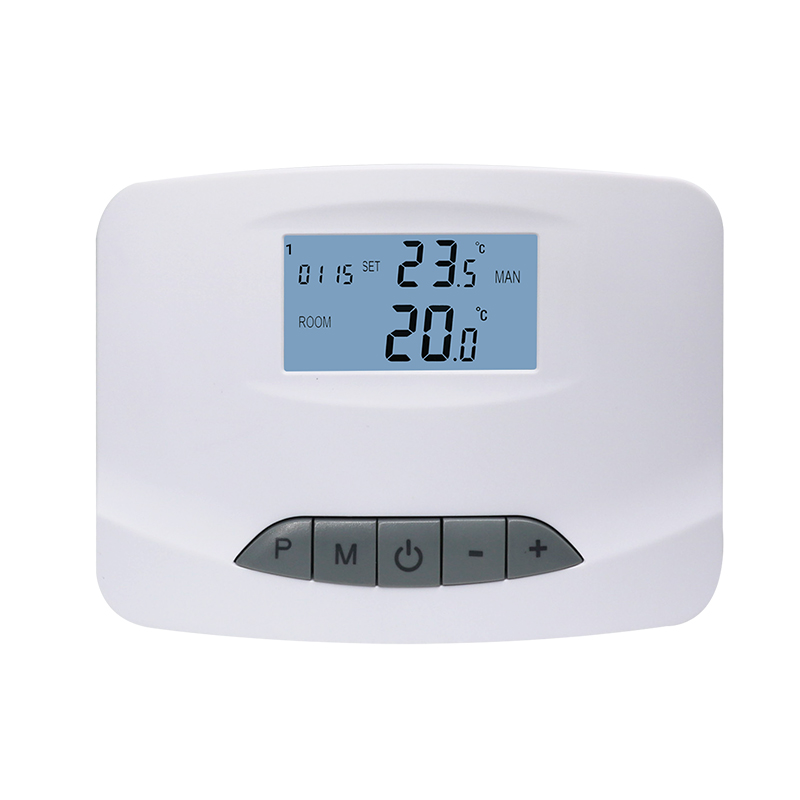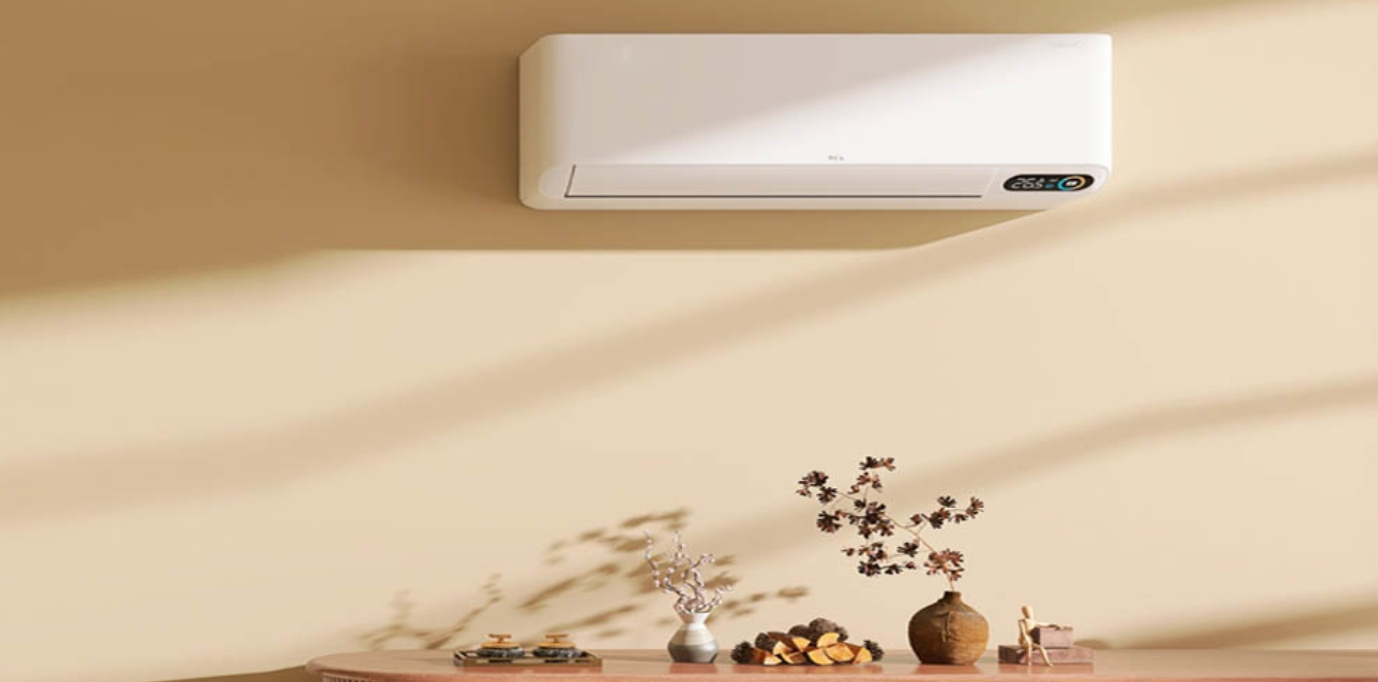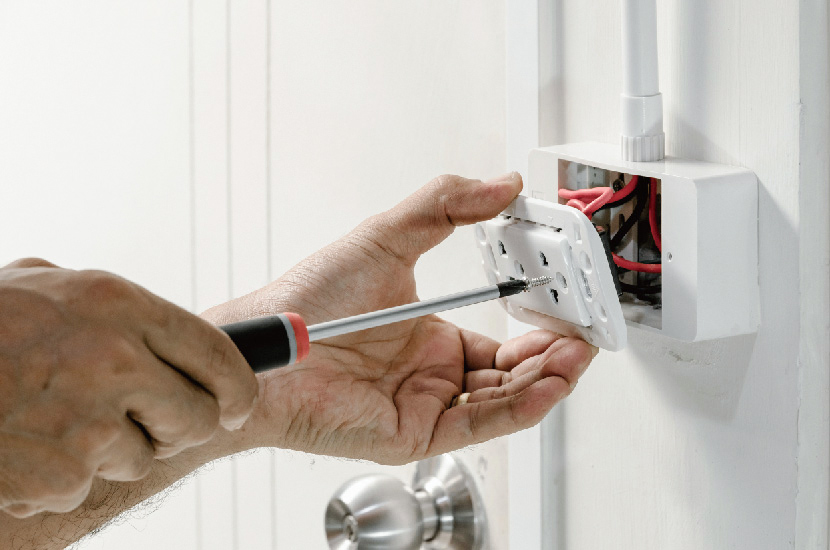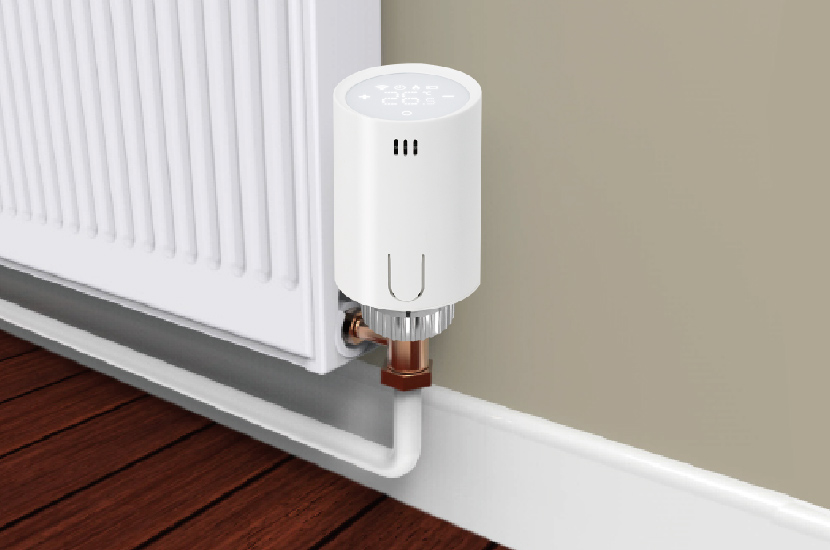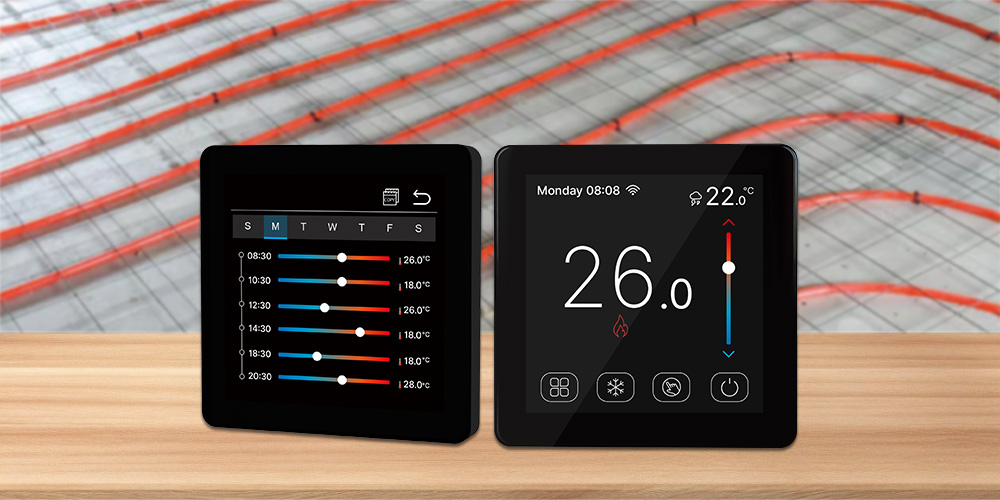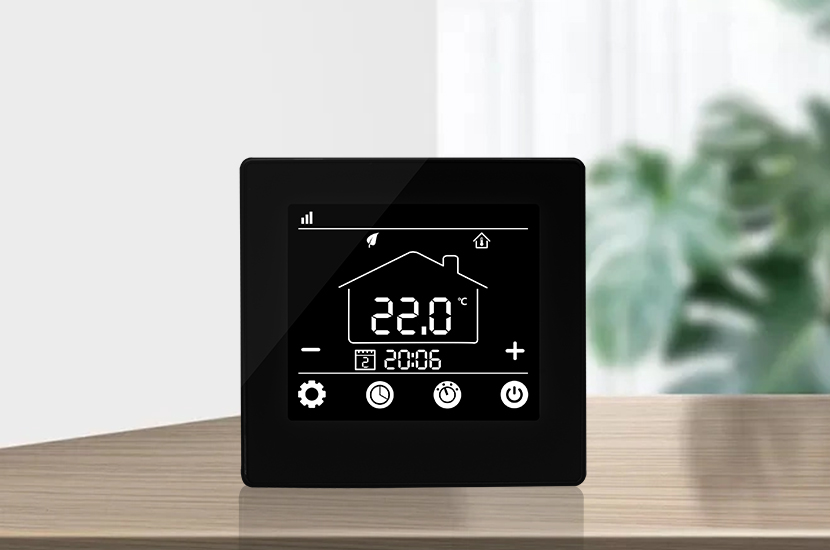Featured articles
More from the category
How does the boiler thermostat switch the heating mode?
05/19/2025
When using a boiler, switching the heating mode according to different needs can better achieve a balance between energy saving and comfort. However, different types of boiler thermostats have different characteristics in their heating mode switching methods. Below, we will explain in detail the heating mode switching methods for common mechanical, electronic and smart touch thermostats.

Mechanical thermostat
Mechanical thermostats mainly achieve mode switching through physical knobs and function buttons. Common heating modes of this type of thermostat include
“manual heat” and “timed heating”. Taking the common mechanical thermostat with a function switching button as an example, there are usually clearly marked buttons on the surface of the thermostat, such as the “MODE” button. After pressing the “MODE” button, you can cycle through different modes by rotating the temperature adjustment knob. When you switch to the target mode, the corresponding indicator light will light up. For example, after switching to the “timed heating” mode, you can set the time to start and stop heating through another timing adjustment knob to meet the heating needs of a specific time period.
Electronic thermostat
Electronic thermostats have more functions, generally with “economic mode”, “comfort mode”, “fast heating mode”, etc. When switching heating modes, first press the “MENU” key to enter the function menu, select the “heating mode” option through the “up” and “down” arrow keys, and then press the “OK” key to enter the mode selection interface. At this time, the screen will display different heating modes. Use the “up” and “down” arrow keys to select the desired mode, and finally press the “OK” key to complete the switch. For example, when no one is at home, switch to “economic mode”, the boiler will run at a lower power, while maintaining the basic temperature while reducing energy consumption; and when the indoor temperature needs to be raised urgently, select “fast heating mode”, the boiler will run at full power and heat up quickly.
Smart touch thermostat
The smart touch thermostat makes mode switching more convenient with its intuitive operation interface. On the main interface of the thermostat, there is usually a striking “mode” icon. After clicking the icon, the screen will pop up a heating mode selection menu, including “automatic mode”, “manual mode”, “energy saving mode”, etc. Directly click on the mode option you want to switch to, and the thermostat will immediately apply the new heating mode. Some smart thermostats also support remote control via mobile phone APP. By connecting the corresponding APP of the thermostat through the mobile phone, you can also easily switch the heating mode on the APP interface. Even if you are away from home, you can create a comfortable temperature environment for returning home in advance.
Precautions for mode switching
When switching the heating mode of the boiler thermostat, there are a few points that need special attention. First, before switching the mode, it is best to understand the characteristics and applicable scenarios of each mode to avoid blind switching that leads to inconvenience or energy waste; second, after switching the mode of some thermostats, the boiler will not respond immediately, and you may need to wait for a few minutes of buffer time; third, if you encounter problems such as failure to switch or display of error codes during the mode switching process, you should promptly check the thermostat manual or contact professional after-sales personnel. Do not disassemble the thermostat for repair by yourself to avoid causing greater damage.
